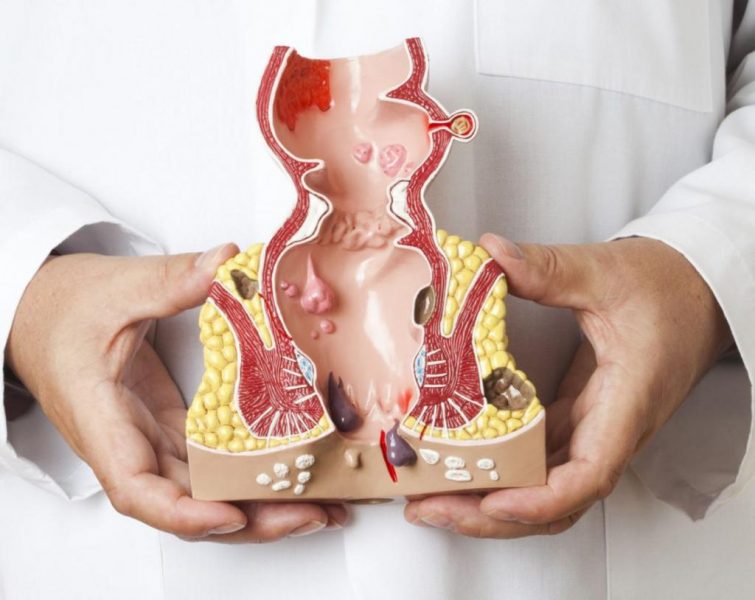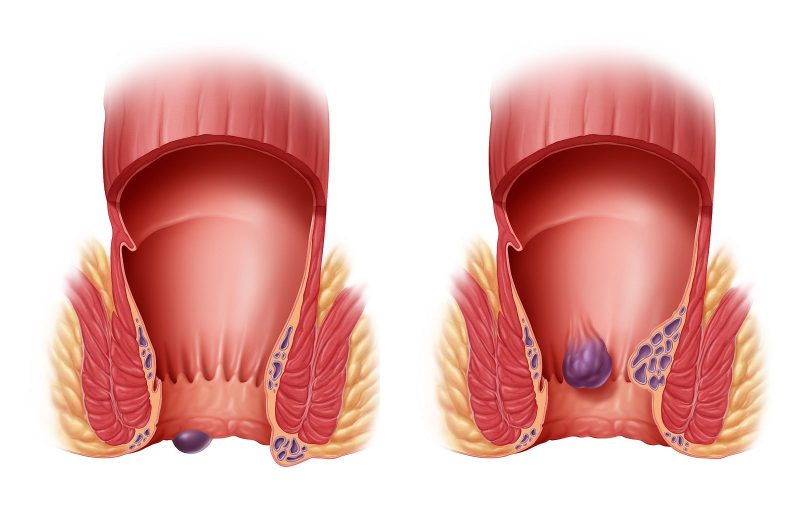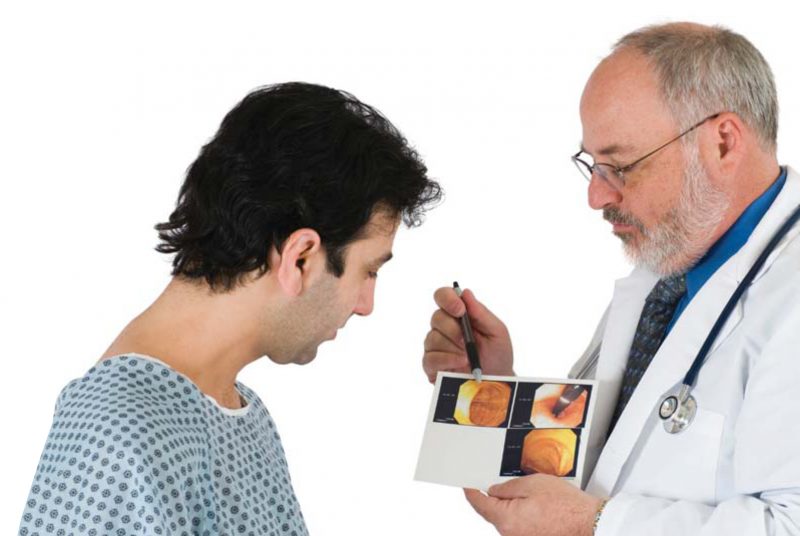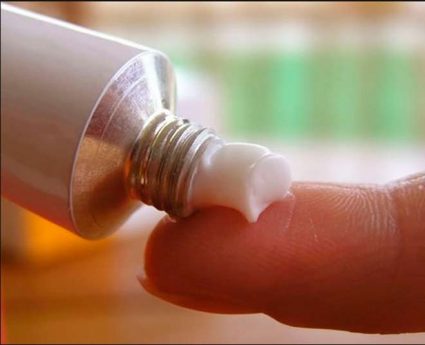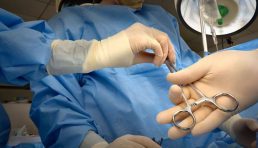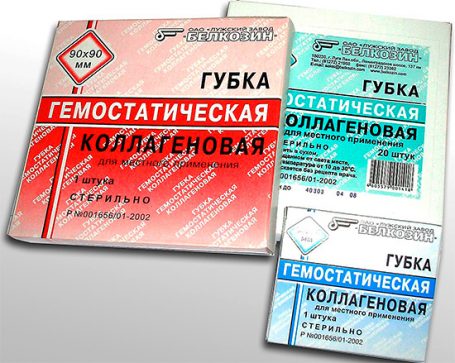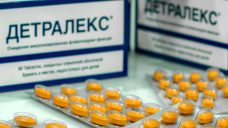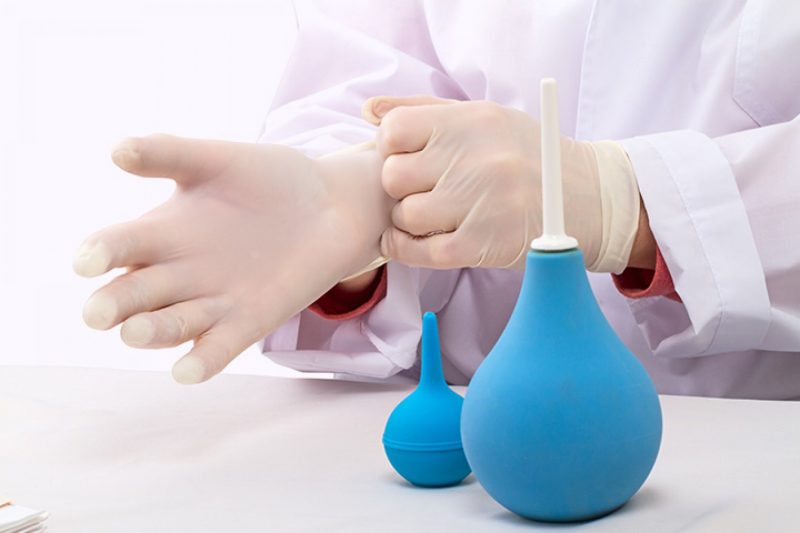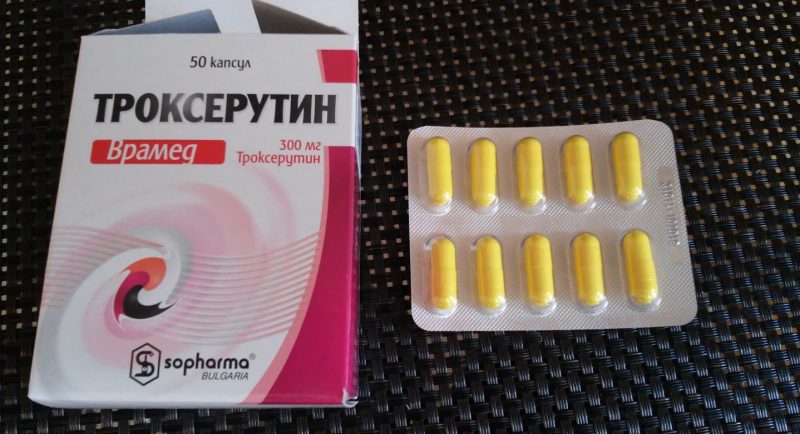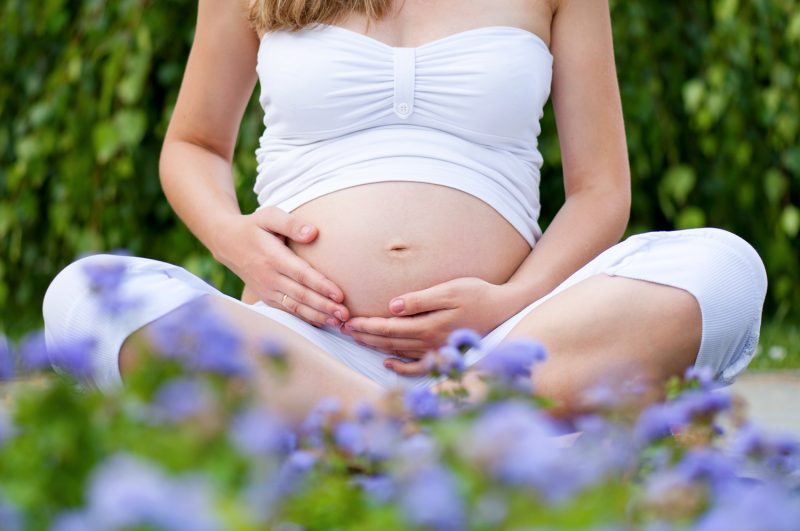A disease of the terminal colon is a common pathology observed in both men and women. Violations of the outflow of blood in the rectum provoke the development of hemorrhoidal nodes. The causes of hemorrhoids depend on many factors. The disease greatly reduces the quality of life of patients, manifested primarily by pain.
Material Content:
- 1 What is hemorrhoids and the causes of its occurrence
- 2 In men
- 3 Among women
- 4 Stages of the development of the disease
- 5 Symptoms and signs of the disease
- 6 Hemorrhoid Treatment Techniques
- 7 Drug therapy
- 8 Folk remedies
- 9 Enemas and lotions against the disease
- 10 Features of treatment for external, internal, combined hemorrhoids
- 11 Pregnancy and lactation
- 12 Diet for hemorrhoids
- 13 Preventive actions
What is hemorrhoids and the causes of its occurrence
Hemorrhoids are a varicose vein disease of the rectum. As a result of stagnation, the vascular walls lose their elasticity, which provokes their gradual extension and protrusion. Hemorrhoidal nodes are formed, which can be represented in several forms:
- internal hemorrhoids - the nodes are located under the mucous membrane of the rectum above the anus 2-3 cm;
- external hemorrhoids - nodes are formed under the skin of the terminal colon, that is, around the anus;
- a mixed type of pathological process - the combined development of both external and internal pathology.
The disease has its own causes of development. Men suffer from this intestinal pathology several times more often than women. The causes of exacerbation of hemorrhoids in both sexes have common provocative factors, which include:
- heavy physical labor - there are many professional activities where women, along with men, perform hard work;
- sedentary work, which provokes stagnation in the pelvic organs,
- when office workers or drivers are forced to sit all day;
- problems in the functionality of the intestines in both men and women, in which there are frequent constipation or diarrhea;
- unbalanced diet, in which spicy, salty, sweet dishes are preferred;
- a genetic predisposition, which is especially distinguished as the cause of internal hemorrhoids, when during intrauterine development an anatomical anomaly of the cavernous rectal bodies occurs;
- advanced age at which there is a slowdown in metabolic processes, as well as a decrease in the tone of the vascular wall of the veins of the large intestine.
The disease develops at any age, but most often affects able-bodied patients. In addition to common causes, there are particular factors leading to the development of hemorrhoids.
In men
The appearance of men’s hemorrhoidal nodes in the anus of the large intestine can be facilitated by some other factors that complement the general causes of the development of pathology.
These include:
- abuse of alcohol and smoking - this reason is typical for men, since most of them do not adhere to a healthy lifestyle;
- weight lifting - many men go to the gym to build muscle, and also work as loaders, builders;
- anatomical features of the male body - the rectum borders the prostate and bladder. Inflammatory processes in these organs, accompanied by congestive blood flow, have a negative effect on the rectum;
- non-traditional intimate relationships - the resulting microtrauma of the organ during anal sex can provoke inflammation of the walls of the venous vessels. And this pathological process contributes to the appearance of hemorrhoids.
The combination of all these factors gives a larger number of male patients with hemorrhoids than women.
Among women
But not only the male contingent has these problems. The causes of hemorrhoids in women are also specific, which are determined by the following factors:
- menstrual cycle - during menstruation, an increase in the volume of flowing blood to the pelvic organs occurs, which can provoke stagnation;
- pregnancy and childbirth are the main reasons for the development of hemorrhoids due to a growing uterus, which contributes to the appearance of stagnation of blood flow in the pelvis. Attempts and contractions during childbirth increase tension in the abdominal cavity;
- various diets for weight loss - often are unbalanced;
- chronic stress provokes the development of intestinal disease in emotionally unstable patients.
Despite the particular and general causes of hemorrhoids in men and women, the clinical manifestations of the disease develop regardless of the patient's gender.
Stages of the development of the disease
Many different factors that play a large role in the occurrence of hemorrhoids require careful attention to your health. The first manifestations of the disease should be a signal for early examination and treatment in order to prevent complications. Hemorrhoids can occur in the form of an acute and chronic course.
The acute phase of the disease is a thrombosis of the nodes, to which the inflammatory process can quickly join. In the chronic course of hemorrhoids, the following stages of its development are distinguished:
- 1 - the initial manifestations of the disease in the form of bulging nodes, accompanied by periodic bleeding;
- 2 - the process progresses, there is an increase in nodes with their periodic loss during the act of defecation and their independent reduction;
- 3 - the nodes continue to grow and fall out, but are no longer self-adjusting;
- 4 - prolapse of nodes is permanent and accompanied by bleeding.
The early start of the treatment process will reduce the duration of therapy and significantly improve the quality of life of the patient.
Symptoms and signs of the disease
Symptoms of hemorrhoids with the initial manifestations of the disease are episodic in nature, worsen with the progression of the disease and are manifested by the following clinical picture:
- discomfort in the rectum during the act of defecation. In addition, itching, tingling in the anus, and a feeling of incomplete bowel movement begin to bother. The discomfort and these manifestations of the onset of the disease can periodically disappear and not disturb the patient. Therefore, the patient’s appeal to the proctologist at this stage of the development of the disease often does not occur;
- the appearance of bleeding that accompanies the act of defecation. But this condition can also be noted with tension of the abdominal wall. If blood clots are present in the feces, this symptom indicates the formation of a blood clot, which is a negative prognostic sign;
- inflammation, swelling of the hemorrhagic node and bleeding, which develops when it is infringed. The process is accompanied by severe pain. If the pain becomes intolerant, this may indicate the development of complications in the form of an anal fissure or thrombosis of the internal hemorrhoid;
- the loss of nodes, which during the progression of the process are not adjusted independently. This manifestation of the disease indicates internal hemorrhoids;
- the appearance of mucus during bowel movements, as well as a violation of the intestines in the form of constipation;
- burning and itching in the anus due to irritation by mucus secreted by the intestines. With the progression of the disease, this symptom becomes permanent.
Important! Any manifestations of discomfort in the rectal region require the obligatory consultation of a specialist in order to determine the causes of discomfort and treat the process to stop the further development of the disease.
Hemorrhoid Treatment Techniques
Treatment of hemorrhoids is most often carried out by conservative methods. The greatest effect is given by therapy with the initial manifestations of the disease. Therapeutic measures of pathology are a complex of procedures, including medicines of both local and general action.
The main methods of therapy used in the treatment of hemorrhoids:
- the use of local medicines in the form of ointments, creams, various suppositories;
- internal administration of non-steroid drugs, venotonics, stimulants of immunity, general strengthening agents;
- removal of nodes by non-surgical method using laser excision, cryodestruction, coagulation;
- surgical treatment according to indications in the absence of the effect of conservative therapy.
The purpose of treatment measures is:
- removal of pain;
- elimination of itching, swelling and inflammation;
- acceleration of regeneration of damaged tissues;
- increase the body's defenses;
- stopping bleeding from nodes;
- prevention of allergic reactions.
Treatment of the hemorrhoidal process is necessarily combined with a proper diet and correction of the intestines.
Drug therapy
Local treatment is the totality of the use of drugs aimed at removing the following negative phenomena:
- thrombosis warning - Detralex, glivenol inside. Topical application of heparin ointment, suppositories Ultraproct, ointment Lyoton, Hepatrombin G;
- removal of the inflammatory process - Diclofenac, Celebrex inside. Topical application of suppositories Anestezol, Relief, Vishnevsky ointment;
- relief of a pain syndrome - suppositories Natalsid, Proctozan, Proctoglivenol. Inside, taking analgin, baralgin, efferalgan;
- prevention of bleeding - hemostatic sponges, candles with propolis, Ultraproct.
The choice of drugs will depend on the activity and stage of the process.The appointment of treatment is carried out strictly by a proctologist, taking into account the clinic and the individual characteristics of the patient's body.
Folk remedies
It is possible to supplement the therapeutic measures to stop the manifestations of hemorrhoids using traditional medicine recipes. Plant-based medicines have a beneficial effect on the affected focus of the rectum, relieving negative symptoms. The most popular of them for internal use are the following infusions:
- from chamomile flowers;
- from a mixture of calendula, chamomile, yarrow, mint, sage leaves in a ratio of 1: 1;
- from nettle leaves;
- from the grass of the mountaineer stingy.
All herbal medicines are prepared from 1 tablespoon of dry raw materials per 200 ml of boiling water, followed by infusion for 2-4 hours in a thermos. 50 ml are taken 3-4 times a day.
Enemas and lotions against the disease
In addition to the internal use of herbal decoctions, it is widely used for hemorrhoids local treatment with traditional medicine. The following lotions have a good effect in stopping the inflammatory process:
- procedure with sea salt - 30 g of the substance are dissolved in a glass of boiling water. The solution is cooled to a comfortable temperature. A cotton swab moistened with a tool is applied to the anus for a quarter of an hour up to 5 times a day;
- procedures from a decoction of chamomile flowers - a napkin dipped in a warm solution is applied to the inflamed nodes for 3-5 minutes, after which it is moistened again in the decoction and the treatment process is repeated. It is carried out for half an hour before bedtime;
- lotions from aloe juice - a fresh leaf of the plant is crushed, followed by squeezing the juice, in which a cotton pad is moistened and applied to the anus.
In addition to lotions for hemorrhoids, therapeutic enemas are used with various solutions that relieve itching and inflammation during exacerbations of the process. The following types of enemas are effective for stopping pathological manifestations:
- cleansing procedure - is used for constipation, which helps to eliminate trauma to nodes hardened feces;
- oil enemas - the introduction into the rectum of warm oil in a volume of 100 ml promotes free bowel movement. For the procedure, petroleum jelly, sunflower or olive oil is used;
- therapeutic enemas - carried out with decoctions or infusions of medicinal herbs chamomile, calendula, nettle in a volume of up to 100 ml.
Properly selected complex treatment will quickly stop the manifestations of the disease. Drug therapy and traditional medicine are added to the treatment of hemorrhoids only with the permission of the doctor in each individual case.
Features of treatment for external, internal, combined hemorrhoids
Therapeutic measures for any type of hemorrhoids are carried out comprehensively, including taking medications inside, and local therapy. With external pathology, the emphasis in treatment is on the use of various ointments, suppositories, baths aimed at relieving pain, burning, discomfort in the rectum.
In addition, blood clots are prevented using venotonics by internal use (Troxerutin).
With internal hemorrhoids, treatment is carried out more actively, combining electrocoagulation and sclerotherapy, aimed at bonding the dilated veins, which then run and dissolve. These treatment methods are used with a detailed picture of hemorrhoids, when conservative treatment does not give the expected result.
In some cases, according to indications, surgical treatment of rectal pathology is performed.
Therapy of combined hemorrhoids includes the use of therapeutic procedures for both external and internal localization of the process.
Pregnancy and lactation
Pregnancy is a provoking factor in the development of hemorrhoids due to increased pressure on the pelvic organs of the growing uterus.If the disease did not occur during the bearing of a child, then after childbirth most women experience the appearance of hemorrhoidal nodes.
Since pregnancy and feeding a baby are a special condition for a woman, drugs for external use in combination with alternative recipes predominate in the treatment of hemorrhoids.
Most often during this period, therapeutic measures to relieve pathological symptoms are carried out through rectal suppositories. With this technique, the absorption of drug components into the blood in the rectum practically does not occur, therefore this treatment method is not dangerous for the expectant mother and child.
There are funds approved for use by women during pregnancy and lactation. These patients are treated:
- Natalside;
- Alginatol;
- candles with sea buckthorn;
- ointment Posterisan;
- Fleming ointment;
- candles and ointment Relief - only from 2 trimesters of pregnancy.
The treatment of hemorrhoids in women during pregnancy and lactation is prescribed only by a specialist. Self-medication in this case is not allowed.
Diet for hemorrhoids
Since constipation is a provoking factor in the development of hemorrhoids, the diet in the diet should contain foods that stimulate peristalsis.
These include:
- fresh and boiled vegetables - beets, carrots, pumpkin, zucchini;
- bran bread;
- dairy products;
- various cereals;
- non-greasy boiled or steamed beef;
- freshly squeezed vegetable juices;
- chicken eggs, but only yolks.
A prerequisite for dieting is drinking. With hemorrhoids, the consumption rate is up to 2 liters of fluid per day. Recommendations for proper nutrition should be given by a specialist, since normalization of the intestine is an important link in the healing process.
Preventive actions
The basis of preventive measures to prevent hemorrhoids is the exclusion of causes that contribute to its development. Compliance with the principles of a healthy lifestyle, proper nutrition and sufficient physical activity in the form of fitness will help prevent the development of the pathological process.
If the disease is already present, a clear implementation of all the doctor's recommendations will help prevent an exacerbation of the disease and increase the duration of remission.


